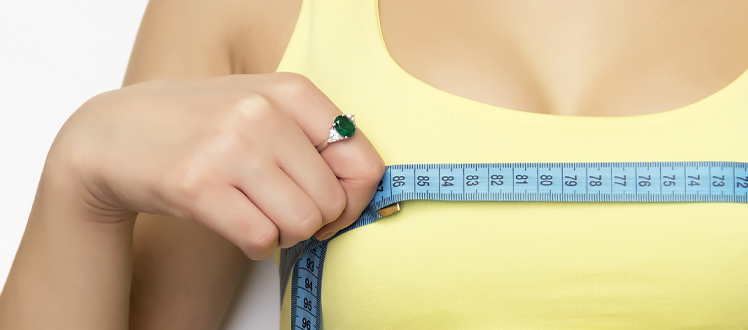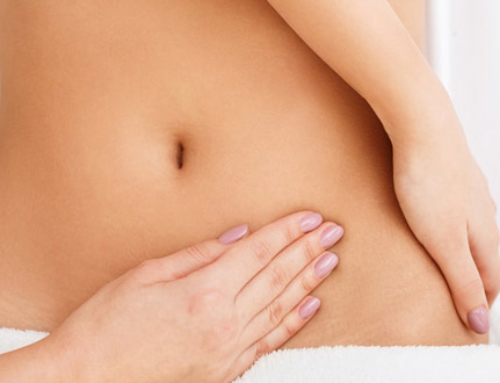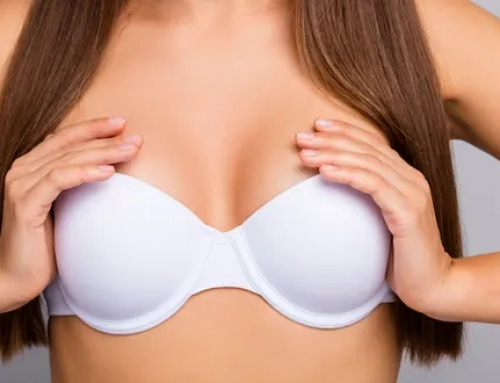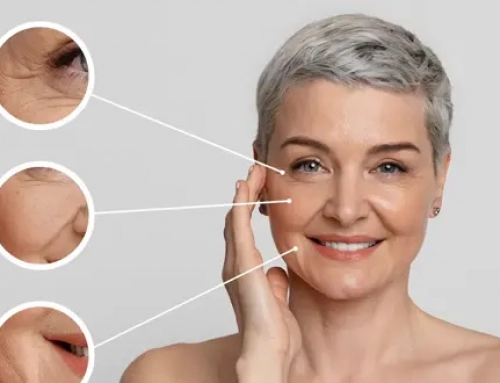Fat grafting breast augmentation is an alternative to breast augmentation with implants. However, the volume increase achieved with fat transfer is limited for a single procedure and also depends on the patient.

How fat grafting breast augmentation works
Fat transfer breast augmentation can increase breast size by approximately one cup size. It can also change how volume is distributed in the breasts, which allows patients to highlight the cleavage area for instance. Statistics tell us that close to 80% of fat cells transferred during a breast augmentation survive if the patient’s weight remains stable after surgery. Fat grafting has the added benefit of using liposuction in areas of excess fat for harvesting purposes, which is the patient’s own tissues and therefore has no risk of adverse reaction of the body. Even though volume increases are limited with fat grafting breast augmentation, the procedure can be performed again later on if the patient wishes so.
In which cases is fat grafting breast augmentation ideal ?
- Fat grafting is intended for patients requesting a moderate and natural breast volume augmentation. Sufficient fat reserves are necessary to complete the fat harvesting stage of the procedure.
- Breast implants are intended for patients requesting greater volume augmentations.
Fat transfer breast augmentation can achieve moderate volume augmentations with no foreign object introduced in the body. It leaves almost no scars and areas of excess fat can be slimmed down during the harvesting stage of surgery.
When is the procedure not feasible ?
There is no major contra-indication to fat grafting breast augmentation as long as the patient is in good health. In very skinny patients, fat can be hard to find for the harvesting stage, which can be a problem in some cases. Breast implants are the better options for patients with insufficient fat reserves.






Laisser un commentaire